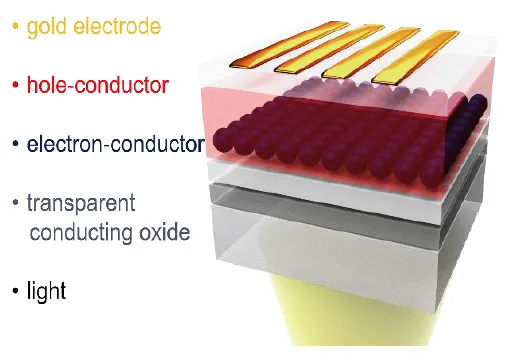IRTG 2022 "ATUMS" - Project 7.
Project 7. Investigation of novel inorganic-organic hybrid materials for application in next generation solar cells
TUM: Müller-Buschbaum, Rieger, Fässler, Stutzmann
UofA: Hegmann, Buriak, Veinot
Students: Christian Weindl, Zhuijun Xu, Christoph Lindenmeir
Abstract:
Major disadvantages of inorganic devices are high production costs through energy-intensive manufacturing steps, mechanical stiffness, lack of transparency and tunable properties. Organic photovoltaics (OPV) promise to solve most of these disadvantages. However, OPV devices especially suffer from short lifetimes and structural instability. The development of hybrid photovoltaics (HYPV) offers the promise of addressing these limitations by combining the high charge carrier mobility and structural stability of the inorganic component with the cost-effectiveness and flexibility of the organic component. A typical approach involves synthesis of an inorganic framework, which prevents structural degradation, that is backfilled with an active organic material. In contrast to dye sensitized solar cells (DSSC), the HYPV device avoids liquid electrolyte and thus eliminates problems connected with leakage. Thereby, device lifetimes are expected to be significantly increased. Additionally, low-cost coating techniques like printing and spray deposition become accessible through application of wet-chemical, inorganic precursors. Nevertheless, fundamental research on HYPVs is still in the early stage and requires further attention. The efficiency of the device is highly influenced both by the properties of the utilized materials and the properties of the organic / inorganic interface. We aim to improve device efficiencies of HYPVs through the design and application of hybrid materials and structuring methods. Tailoring of the inorganic-organic interface in combination with a better fundamental understanding of the basic device function is a central aspect of the Project 7 research effort.
